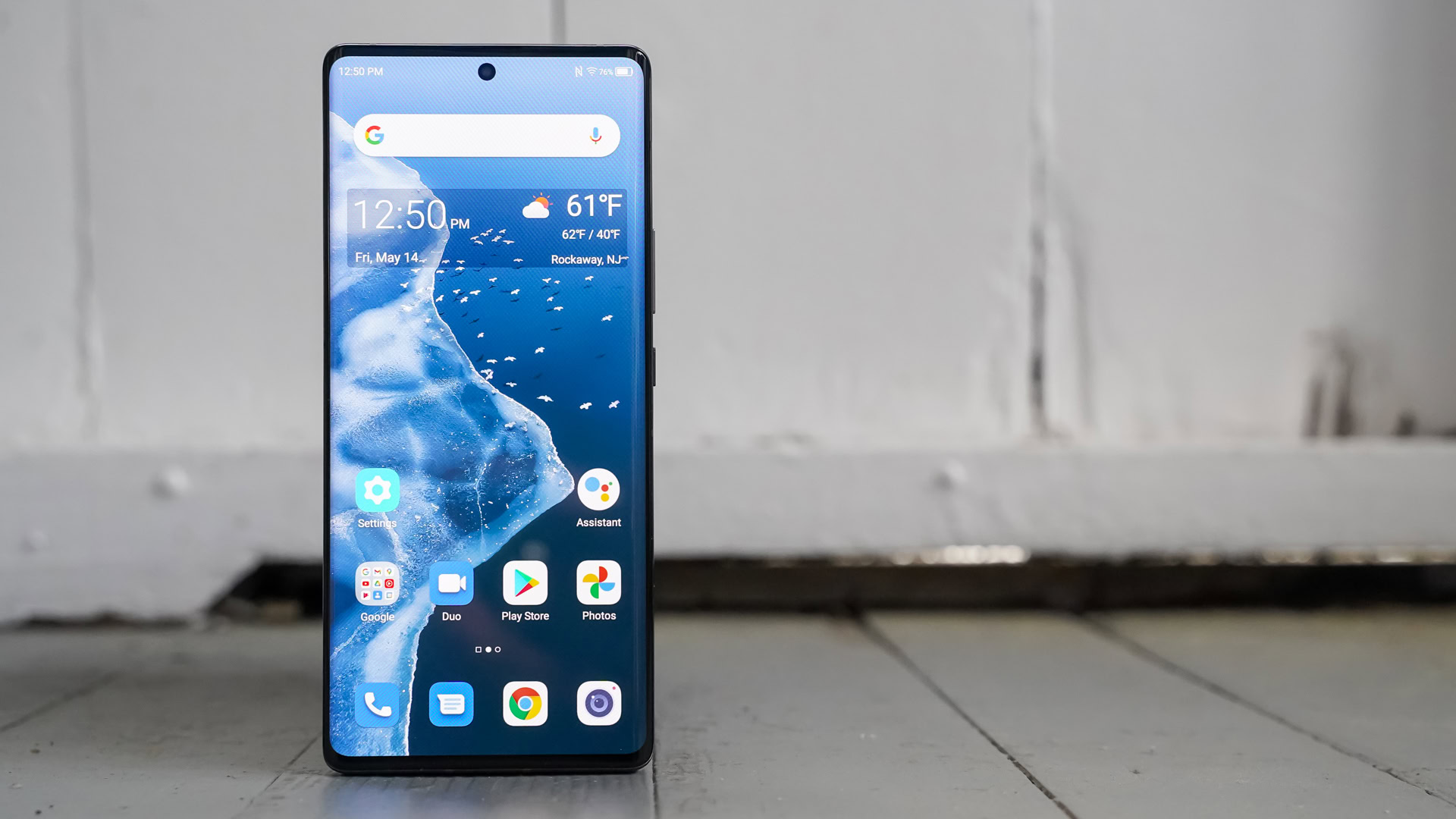Affiliate links on Android Authority may earn us a commission. Learn more.
This second-generation under-display camera phone could arrive soon
Published onJuly 6, 2021

- ZTE has posted a teaser for the Axon 30.
- It’s set to be the company’s first smartphone with its second-generation under-display camera tech.
Chinese manufacturer ZTE was the first firm to launch a phone with an under-display camera. Although the ZTE Axon 20’s unique feature had plenty of issues, it was a leap forward for the firm and the industry at large. Now, the company is readying its latest flagship, packing an improved version of this camera system.
The first teaser render of the Axon 30 was published to Weibo detailing ZTE’s first flagship with its second-generation under-display camera technology.
The render showcases the phone’s all-screen design — a notable departure from the punch-hole Axon 30 Pro and Axon 30 Ultra models.
Second-generation under-display camera
Judging by ZTE’s claims, the Axon 30 should see a marked improvement in the selfie-shooting stakes. The screen area above the camera will feature double the pixel density, reducing the hazy effect evident on the Axon 20. The company’s also talking of 120Hz display refresh rates. We should also expect some improvements to camera quality, although ZTE doesn’t specifically mention this.
In February, ZTE showcased a 3D face unlock system using an under-display light scanner. It’s unclear if this will debut on the ZTE Axon 30, though.
What else can we expect?
ZTE failed to detail the phone’s other specs, but we can posit a few guesses based on its siblings. The ZTE Axon 30 Pro and Ultra pack Snapdragon 888 chipsets, UFS 3.1 storage, 6.67-inch displays, and quad rear cameras led by 64MP sensors. Expect ZTE to borrow from these devices.
So when will the ZTE Axon 30 land? The company didn’t confirm the phone’s launch date, but rumors suggest a July debut is possible. If this is the case, ZTE will launch its second-generation under-display camera tech months before the likes of Samsung are rumored to debut their first.
